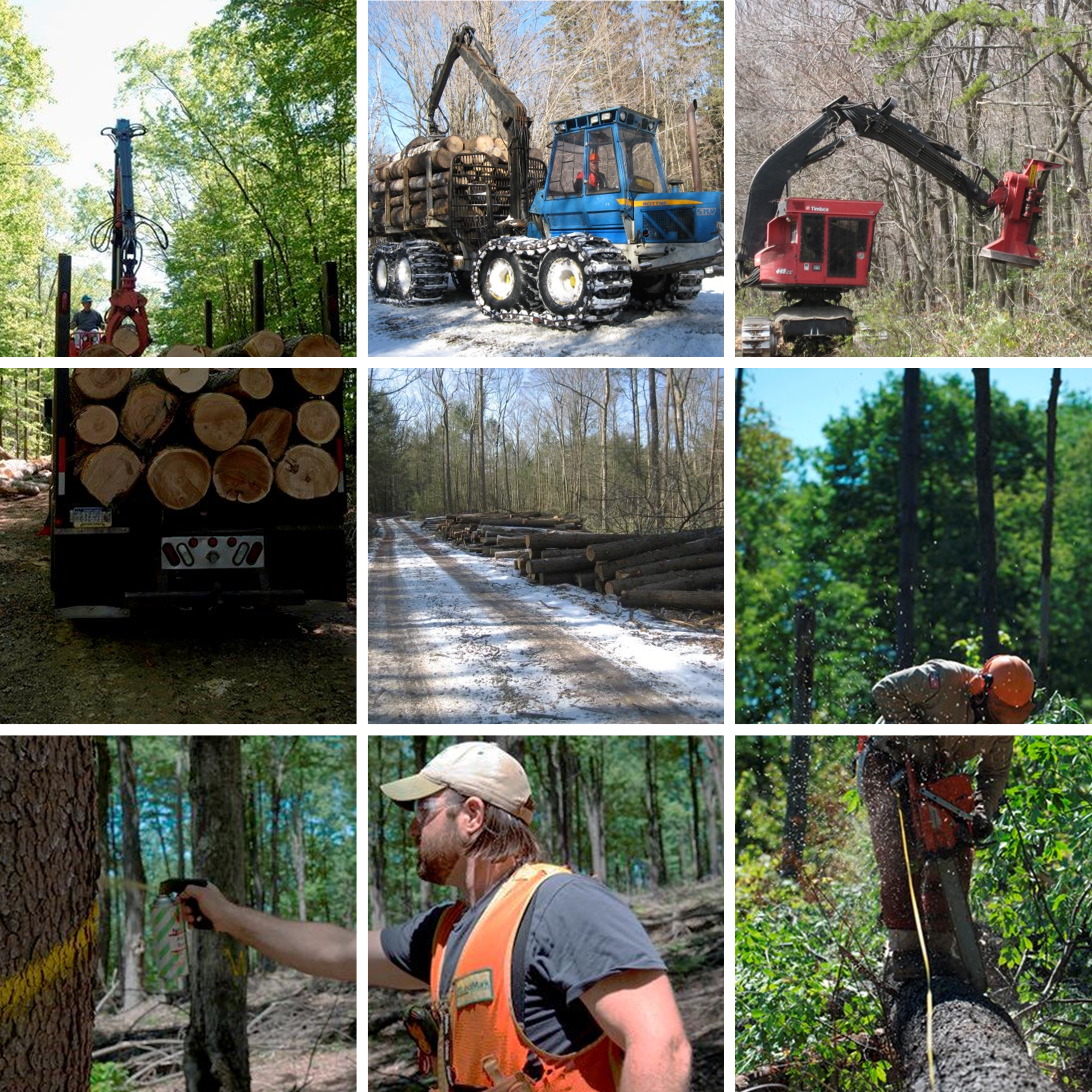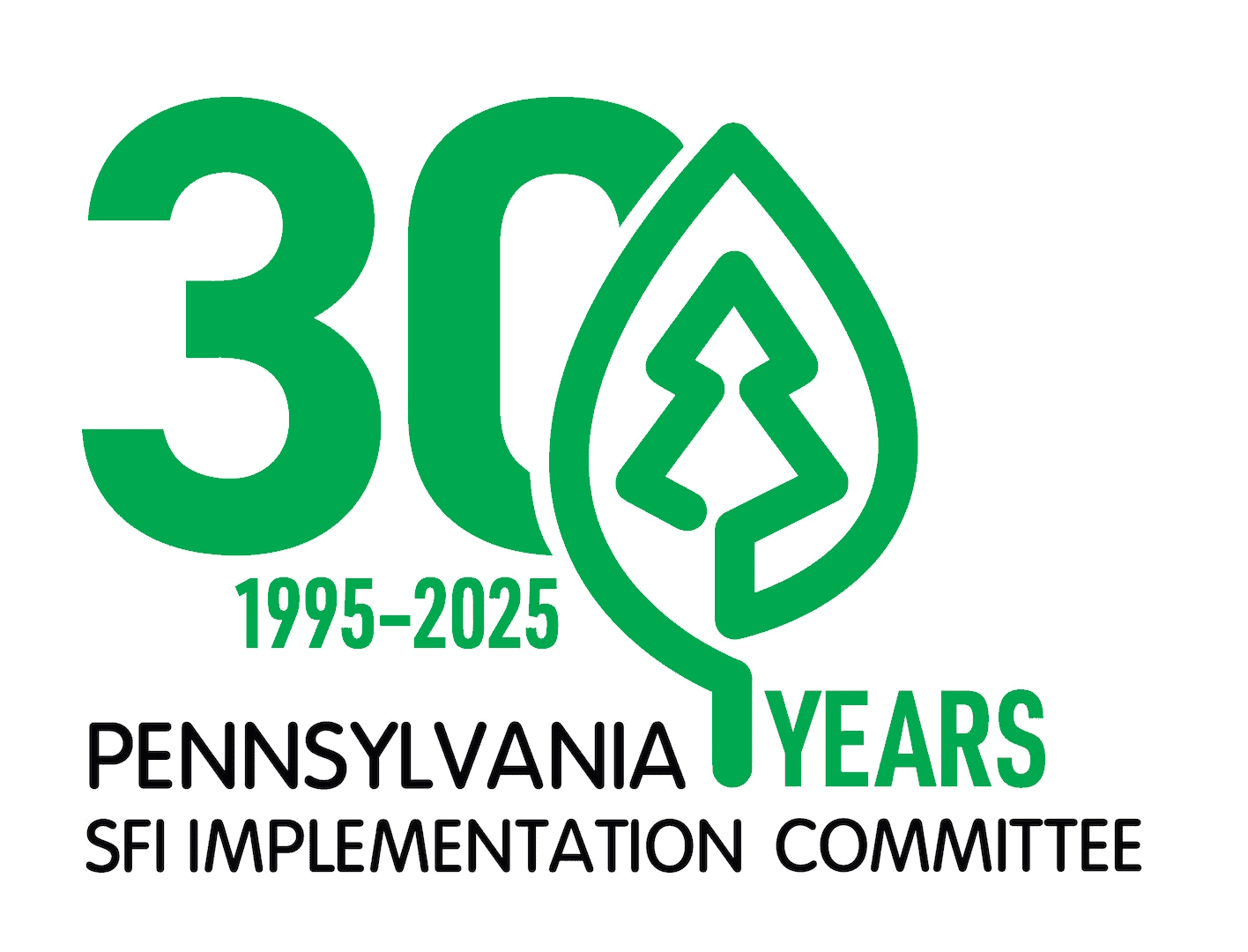
FOREST OPERATIONS >> TIMBER HARVESTING OPERATIONS
Forest operations are the specific activities implemented to achieve a landowner’s desired forest use. Typically, these activities involve harvesting timber. Even landowners whose primary forest uses are for wildlife, recreation, or water protection often find that they need to harvest timber in order to create or maintain the conditions necessary to meet their objectives. Timber harvesting is an important management tool and one of the principal means of controlling the composition and quality of forest vegetation. It is useful for accomplishing objectives such as improving forest health and vigor, promoting natural regeneration, developing wildlife habitat, controlling stand density, releasing an established understory, altering species composition, creating roads and trails, and developing certain types of recreational activities. In addition, timber harvesting can be used to generate income or salvage some of the value of trees that have been damaged from wind, ice, snowstorms, fire, insects, and disease, or that have died from natural causes such as old age and overcrowding. While a decision to harvest may be motivated more by finances than a sense of forest stewardship, no inherent conflict exists between realizing income from forestland and practicing sustainable forestry. In fact, the income generated from selling timber can often pay for a number of forest management activities.
Regardless of the goals and objectives of an activity, forest operations should be undertaken in a way that ensures the forest remains healthy, and productive in the future.

ADDITIONAL RESOURCES:
- Timber Sales: A Guide to Selling Timber
- Timber Sales: A Guide to Selling Timber [Webinar]
- Successful Timber Harvests [Webinar]
- PA SFI Timber Harvesting Assessment Form
- PA SFI Timber Harvest Checklist
- Why Do Unplanned or Poorly Planned Timber Harvests Occur?
- Tips to Consider when Selling Your Timber
- Sustainable Forest Harvesting: An Economic Perspective
- Conducting a Successful Timber Sale: A Primer For Landowners
- Selling Timber: What the Landowner Needs to Know
- Forest Stewardship – Timber Harvesting: An Essential Management Tool
- Maintaining Forest Property Lines
- Penn State Extension – Timber Market Report
- Forest Landowners and Natural Gas Development: Timber Resources

